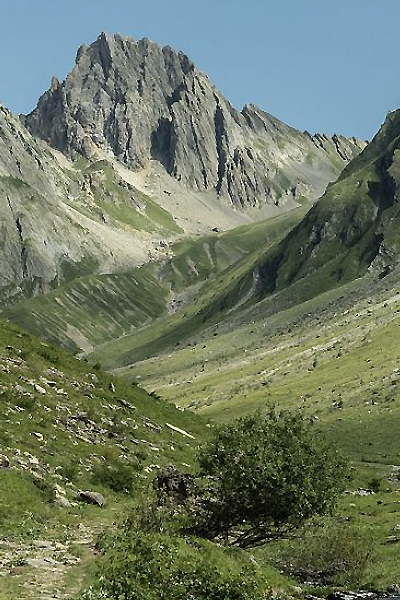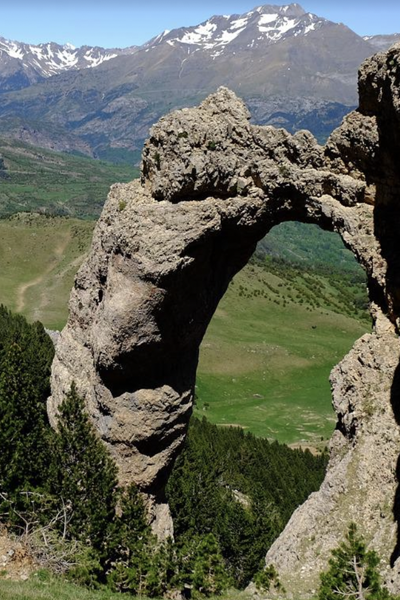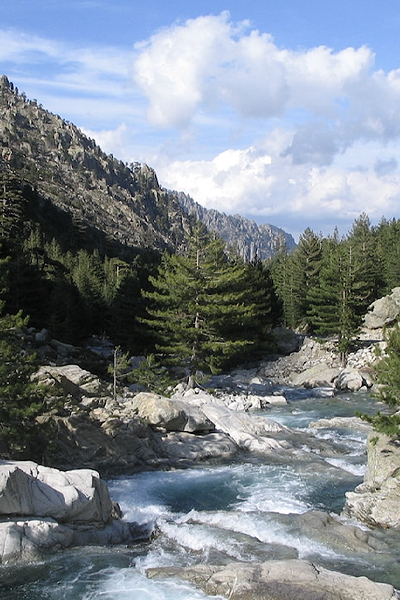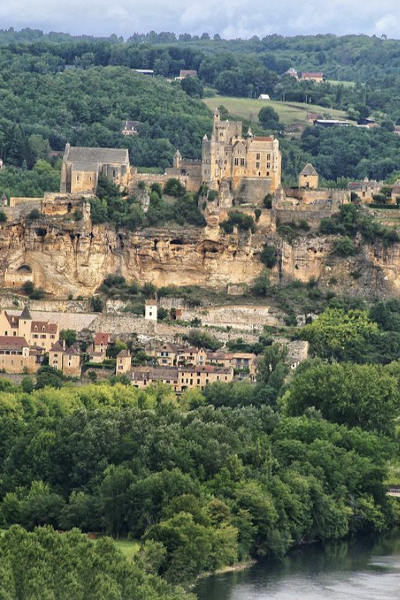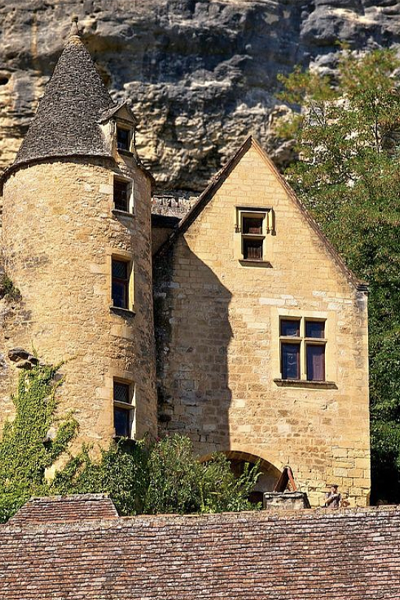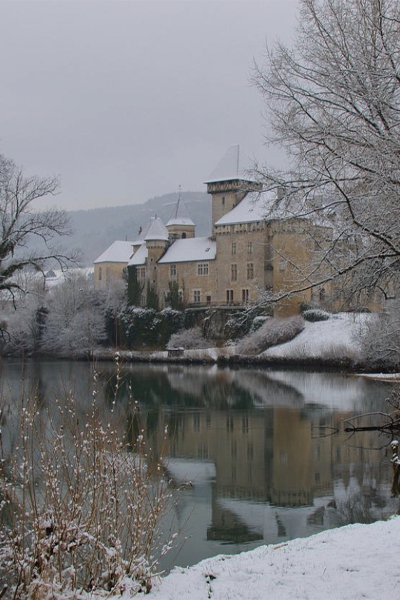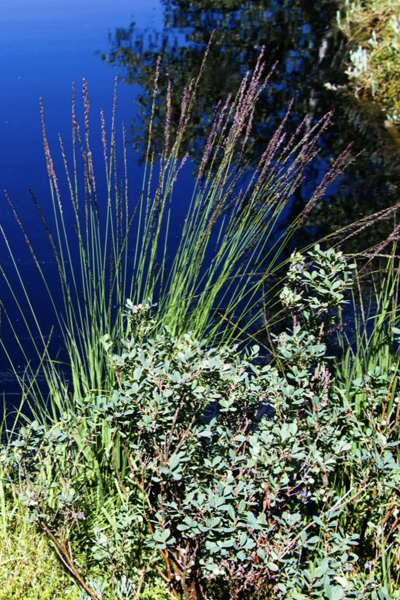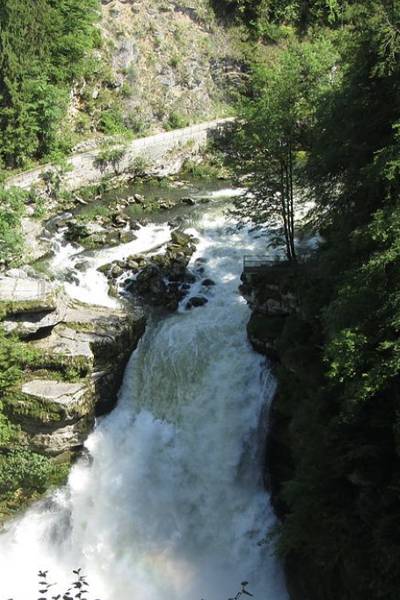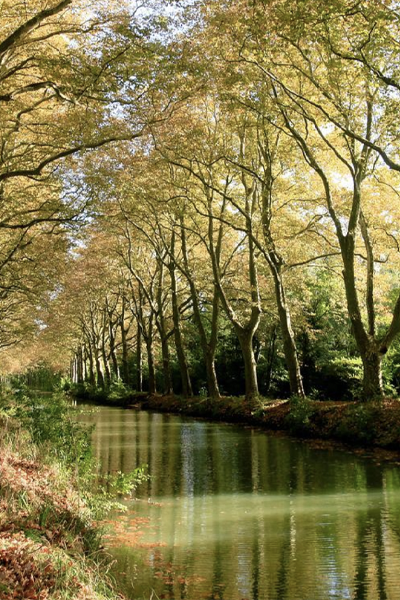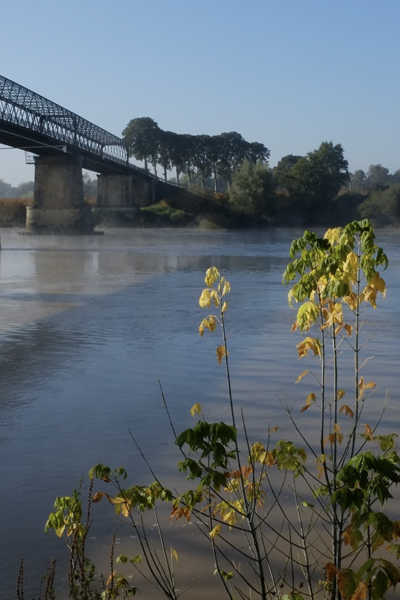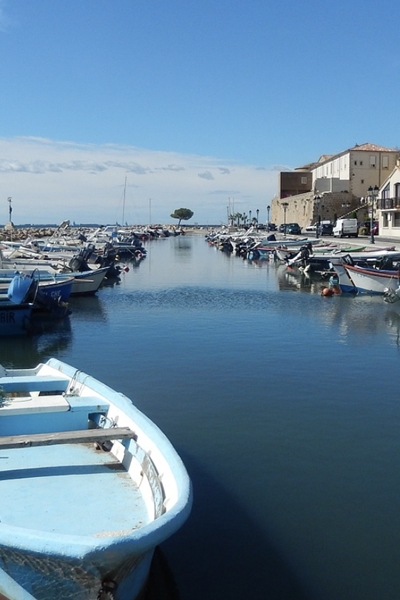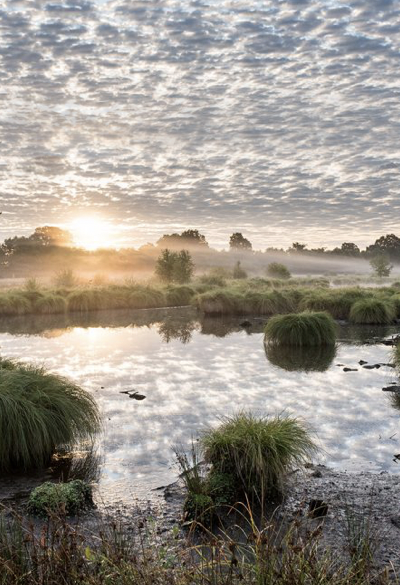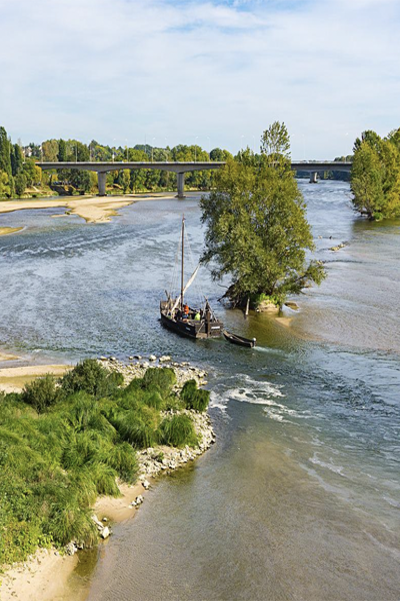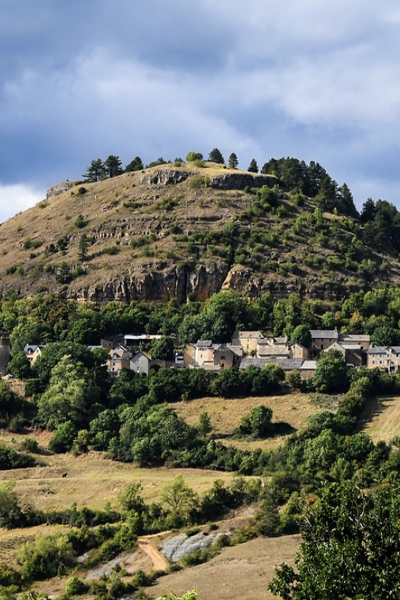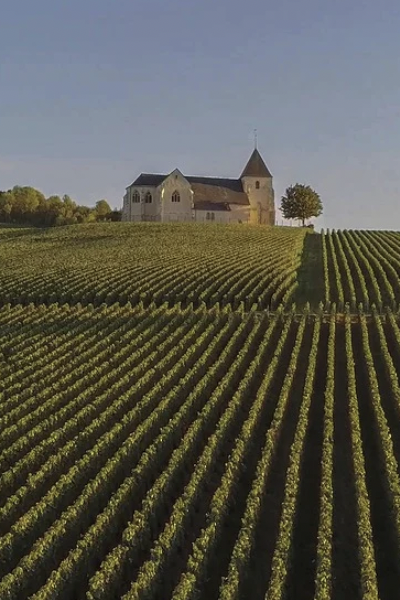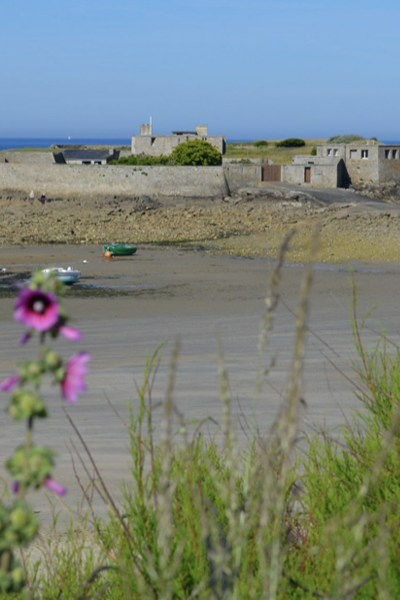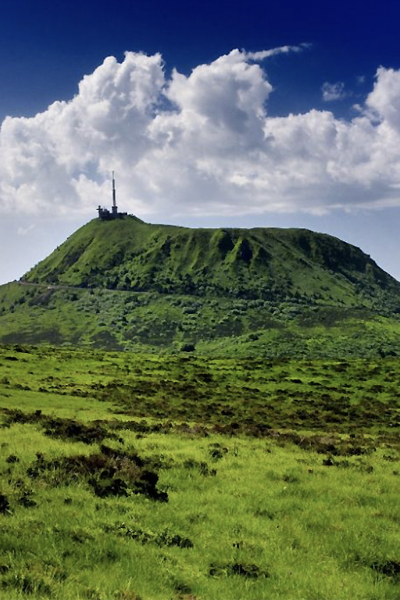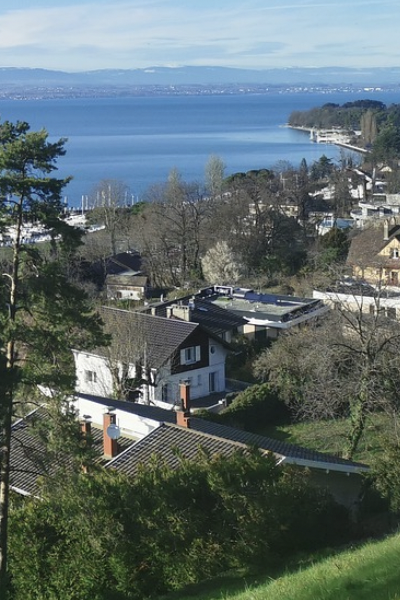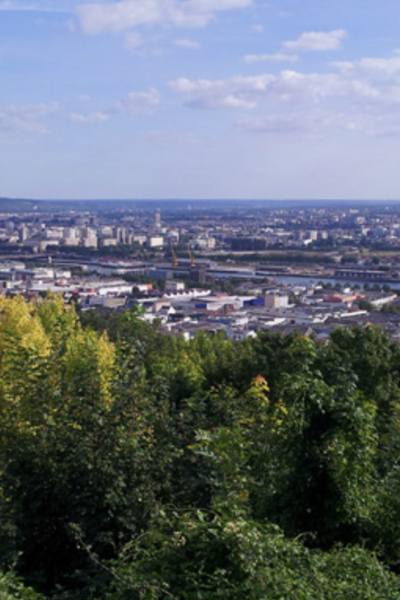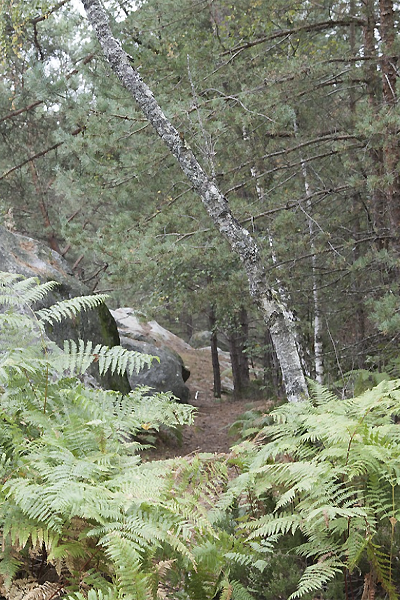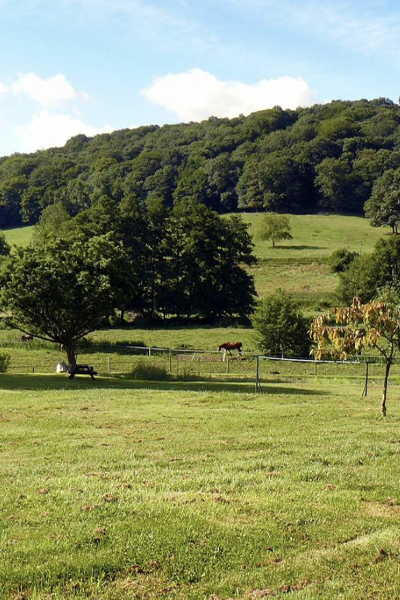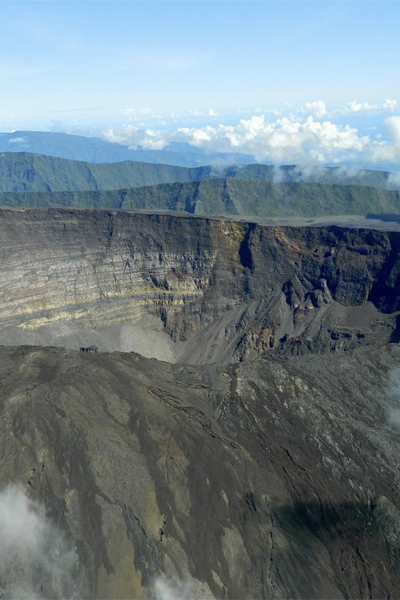The National Observation Service
The National Observation Service (NOS) RENOIR (Réseau français d’Observation des Isotopes dans les Précipitations [French Network for the Observation of Isotopes in Precipitations]) comprises a network of stations located in metropolitan and overseas France assuring long-term observation of the contents of the stable isotopes of water molecules (δ18O and δ2H) in precipitations. 18 Oxygen and deuterium, the intrinsic isotopes of water molecules, constitute robust tracers for studies of the hydrological cycle based on the origin of these components and the various processes implicated. The objectives of RENOIR are (i) to understand the reactivity of hydrological and ecological systems (observable only with respect to transient changes), and (ii) to acquire a reliable and continuous access to these systems.
RENOIR therefore constitutes a national observatory of the isotopic composition of precipitations, with the objective of federating, standardizing, strengthening and sharing data on hydrological and ecological systems used by an extensive scientific community including hydrologists, hydrogeologists and geochemists, as well as biologists and ecologists, (paleo)climatologists and other scientific experts.
Stations
Laboratoires
OSU
Collaborateurs
Stations
Laboratoires
OSU
Collaborateurs
Map of the network
As of 2023, RENOIR comprises 33 stations collecting rainwater samples: 29 stations situated within metropolitan France and 4 overseas stations (located in Guyana, Martinique, Réunion and Tahiti).
The objective of the stations constituting RENOIR is to collect precipitation samples monthly and determine their composition as regards the stable isotopes of water (δ18O and δ2H), in order to ultimately establish long-term patterns. These isotopic data are then analysed in conjunction with measurements of precipitation levels and of other key meteorological parameters such as temperature and atmospheric pressure or humidity.
The RENOIR stations are often located on sites already instrumented by other observational networks within the national research infrastructure such as eLTER-France - OZCAR (including the NOS Karst, Tourbières, GLACIOCLIM, OSR, OHG and OHMCV), and the network ADES-Eau France), or the eLTER-France Réseau des Zones Ateliers (Workshop Zone network).
Interactive Map
By clicking on any of the stations listed below, you can directly access the corresponding station profile. You can also access these profiles via the tab entitled “The network” or via the other tabs proposed at the bottom of each website page.
Map of the network
As of 2023, RENOIR comprises 33 stations collecting rainwater samples: 29 stations situated within metropolitan France and 4 overseas stations (located in Guyana, Martinique, Réunion and Tahiti).
The objective of the stations constituting RENOIR is to collect precipitation samples monthly and determine their composition as regards the stable isotopes of water (δ18O and δ2H), in order to ultimately establish long-term patterns. These isotopic data are then analysed in conjunction with measurements of precipitation levels and of other key meteorological parameters such as temperature and atmospheric pressure or humidity.
The RENOIR stations are often located on sites already instrumented by other observational networks within the national research infrastructure such as eLTER-France - OZCAR (including the NOS Karst, Tourbières, GLACIOCLIM, OSR, OHG and OHMCV), and the network ADES-Eau France), or the eLTER-France Réseau des Zones Ateliers (Workshop Zone network).
Interactive Map
By clicking on any of the stations listed below, you can directly access the corresponding station profile. You can also access these profiles via the tab entitled “The network” or via the other tabs proposed at the bottom of each website page.
Le Réseau
Les objectifs du SNO Renoir sont :
- Etablir les variabilités spatiales et saisonnières des teneurs 2H/18O des précipitations
- Déterminer les facteurs qui affectent ces variabilités
- Obtenir la référence isotopique actuelle des eaux de recharge /de constitution des systèmes hydrologiques, hydrogéologiques et écologiques.
Research projects

Database

Publications


